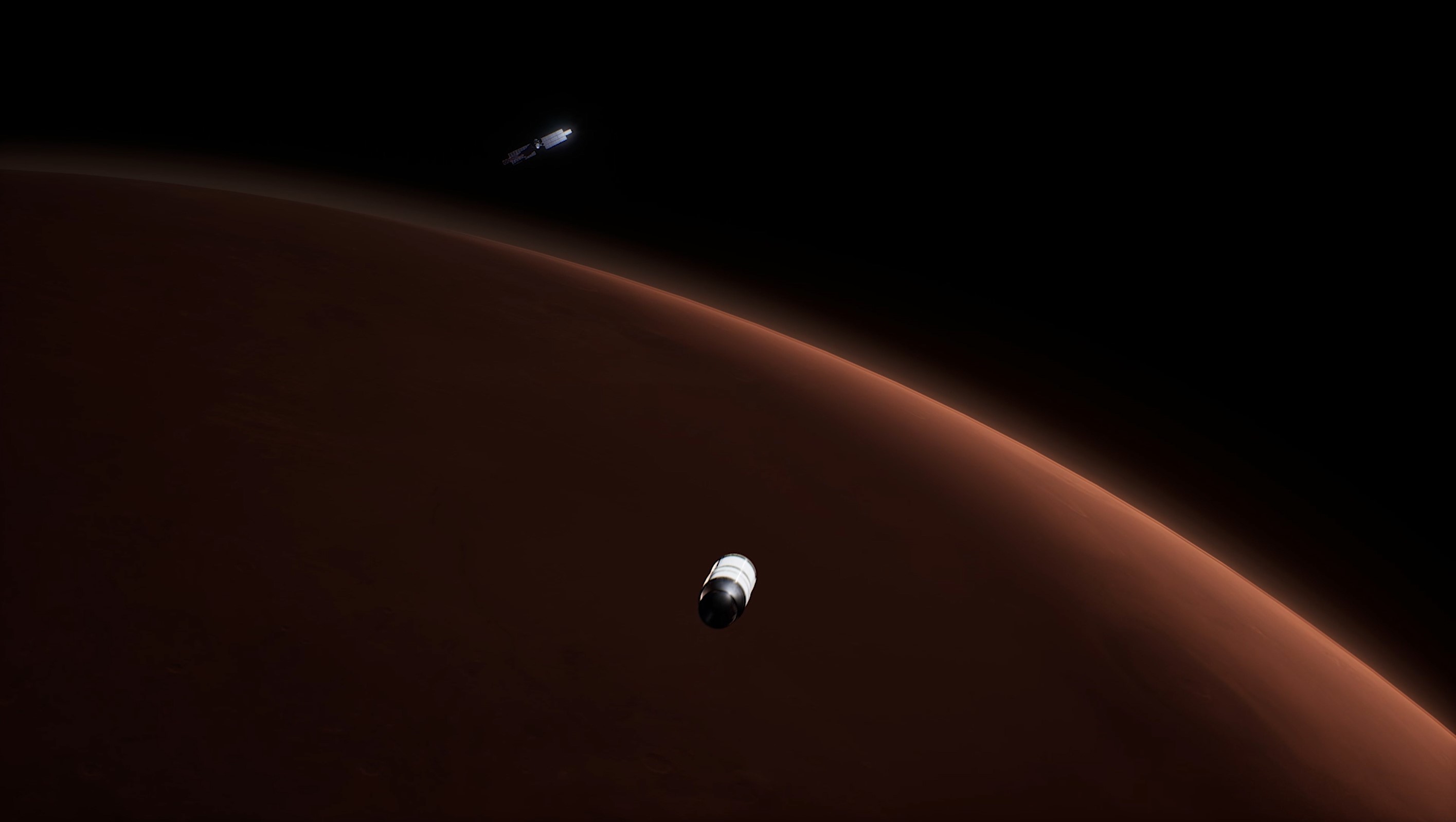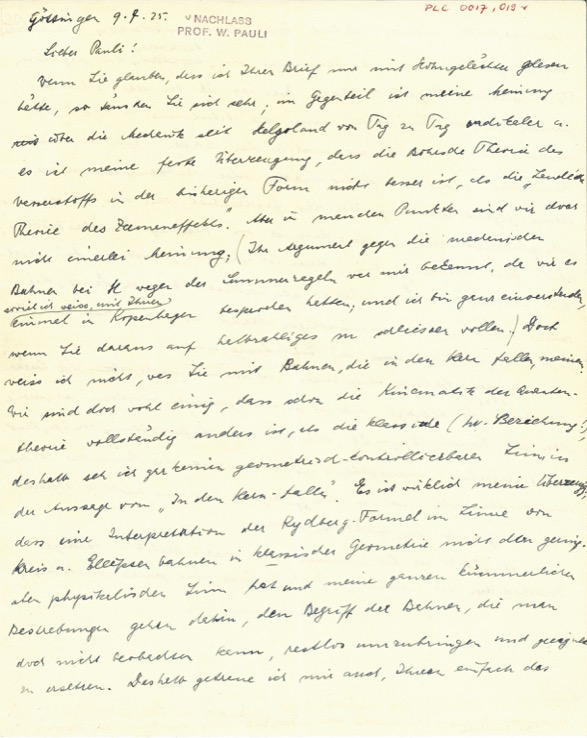This article has been reviewed according to Science X’s editorial process
and policies.
Editors have highlighted the following attributes while ensuring the content’s credibility:
fact-checked
trusted source
proofread
Ok!
The first continents’ building blocks are composed of three types of granitoid rocks—tonalite, trondhjemite, and granodiorite (TTG). Credit: Jaana Halla
× close
The building blocks of the first continents are comprised of three types of granitoid rocks—tonalite, trondhjemite, and granodiorite (TTG). Credit: Jaana Halla
Geoscientists have discovered a pivotal piece of the puzzle regarding the formation of continents during the Earth’s early history. The findings, published in Nature Communications, propose a new narrative that does not rely on plate tectonics or external factors to explain the development of continents. Instead, the revised origin story is based solely on internal geological forces within oceanic plateaus that were formed in the first few hundred million years of Earth’s existence.
An obstacle in understanding the formation of the continents during the Archean Eon (4 billion to 2.5 billion years ago) has been identifying the primary components of Earth’s early crust. A significant portion of the “new” Archean crust consisted of a unique combination of three types of granitoid rocks—tonalite, trondhjemite, and granodiorite (TTG).
Unraveling the composition of TTGs and the magmas they originated from has been challenging due to the numerous geological processes that occurred between their initial melting and eventual crystallization. Previous researchers focused on the trace element composition of these rocks in the hopes of discovering clues about TTG magmas and their source.
“We traced specific trace elements that remain unaltered and retain signatures from the original magma that contributed to the formation of new TTG crust,” explained Dr. Matthijs Smit, an associate professor and Canada Research Chair at the University of British Columbia’s (UBC) Department of Earth, Ocean, and Atmospheric Sciences. “These elements enabled us to backtrack through the chemical changes undergone by TTG magmas and trace the melt compositions back to their initial state and source—most likely a type of gabbro.”
“Interestingly, many people have variations of this rock as their kitchen countertop,” Dr. Smit remarked. “In a way, many individuals are using the same rock that played a role in creating our modern continents for their daily meal preparations.”
A significant portion of the continental crust formed during the Archean Eon still exists within the continents today, such as in the Rocky Mountains at Banff National Park, Canada. Credit: Gorgo
× close
A significant portion of the continental crust formed during the Archean Eon still exists within the continents today, such as in the Rocky Mountains at Banff National Park, Canada. Credit: Gorgo
The Archean TTG crust remains a part of the current continents. For example, in North America, they constitute a large portion of the Canadian Interior located between the Cordillera mountain belt in the west and the Grenville and Appalachian mountain belts in the east. The majority of Ontario, Quebec, Manitoba, Saskatchewan, Northwest Territories, and Nunavut consists of fragments of Archean crust dominated by TTGs and their slightly younger and more evolved granite counterparts.
“Our model can explain all these rocks, especially their combination,” stated Dr. Smit. “Our model proposes that TTGs, along with the younger rocks typically associated with TTGs, were the result of the gradual burial, thickening, and melting of precursor crust that likely resembled oceanic plateaus. The formation of continental crust unfolded as a natural process due to continued burial, leading to the melting of rocks at its base. As a result, they produced the TTGs, which played a crucial role in the survival and growth of the continents.”
The UBC researchers’ identification of a self-contained “intra-crustal” mechanism for creating TTGs challenges the long-standing theory that Archean TTGs formed in Earth’s initial subduction zones, marking the beginning of plate tectonics.
“The question of which came first—the start of plate tectonics or TTG magmatism to form new continental crust—has always been a ‘chicken-and-egg’ dilemma,” noted Dr. Smit. “Our findings suggest that these two may not be directly related. Identifying the type of source rock makes this conclusion possible and eliminates the need for other mechanisms, such as meteorite impact, to explain the growth of the first real continents.”
Dr. Smit and his team at UBC leveraged data from all the TTG samples ever analyzed—samples from Archean cratonic fragments exposed worldwide that have been scrutinized by researchers over the past 30 years. This extensive dataset enabled the team to filter out local anomalies and analytical issues, allowing them to uncover the actual composition trends captured by the rocks. The study utilized a large volume of data, available in the open-source Geochemistry of Rocks of the Oceans and Continents geochemical data repository hosted by the Georg-August-Universität, Göttingen.
More information:
Matthijs A. Smit et al, Archaean continental crust formed from mafic cumulates, Nature Communications (2024). DOI: 10.1038/s41467-024-44849-4












